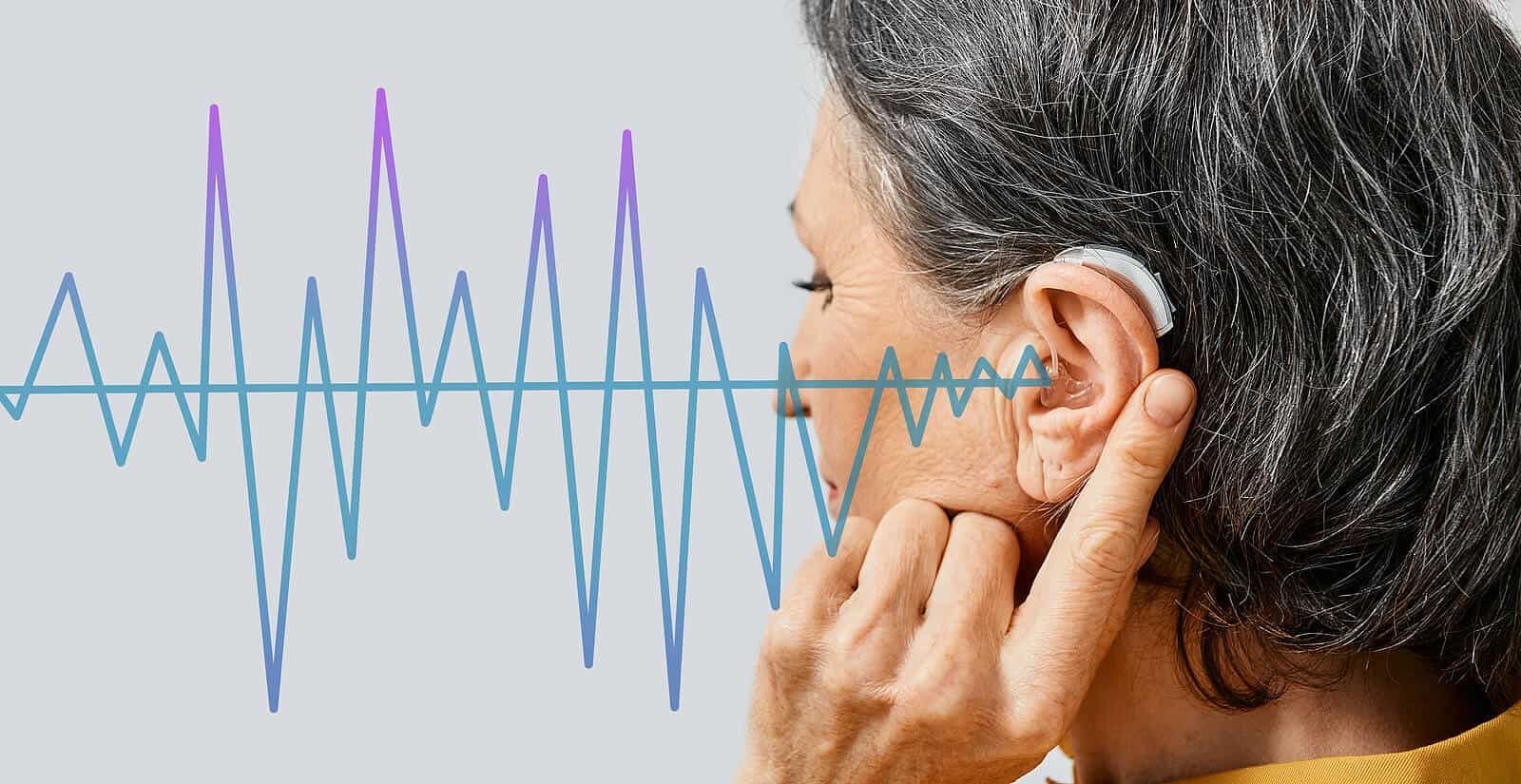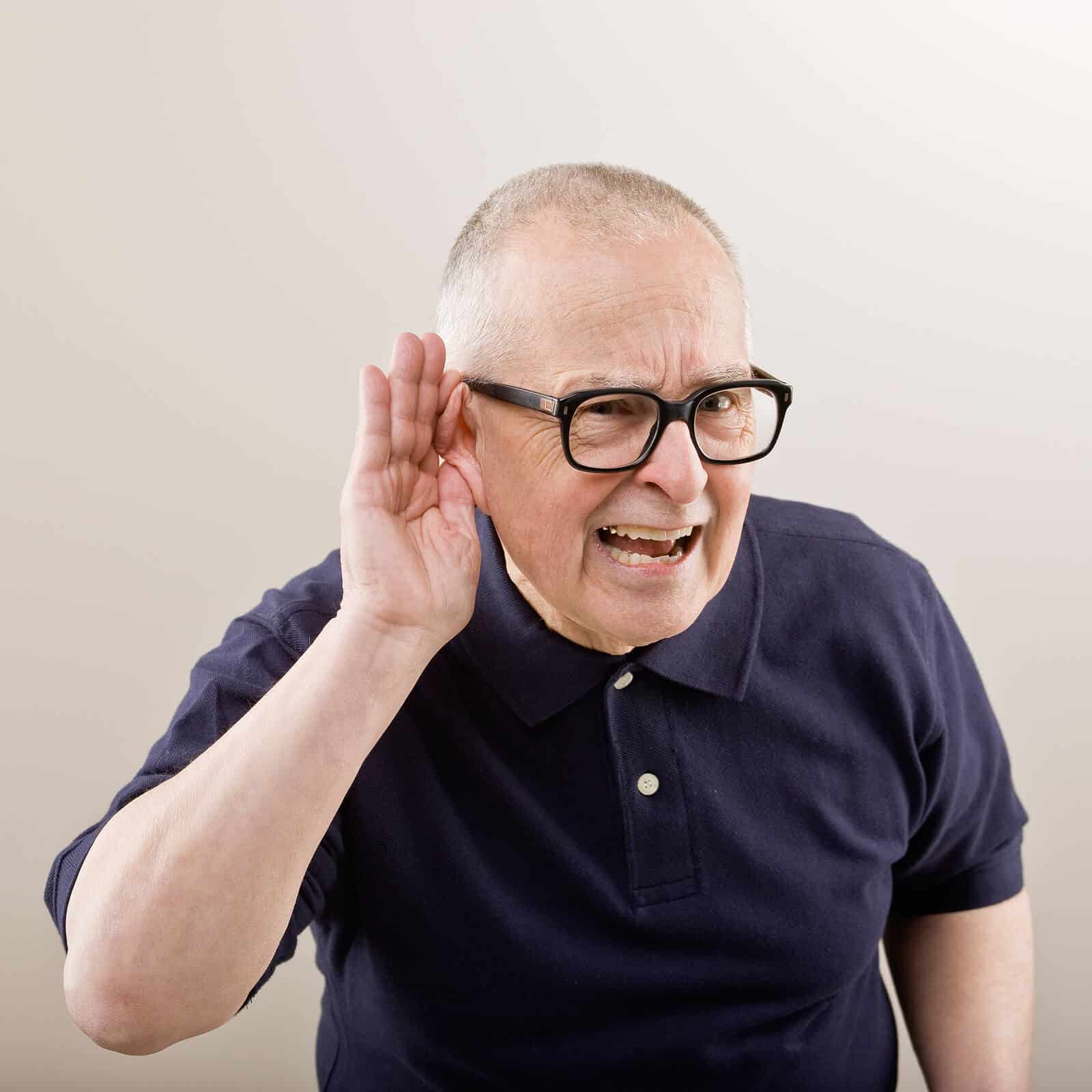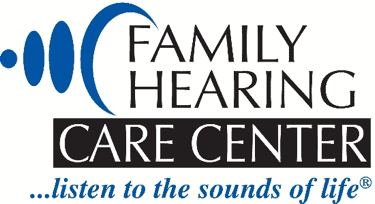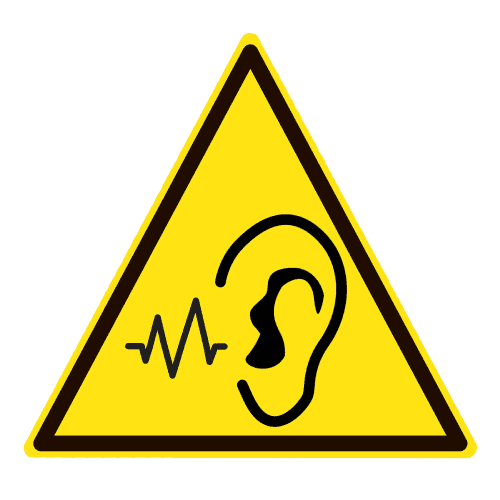Hearing Loss Overview
How We Hear
- The outer ear collects sound waves and sends them down the ear canal.
- The eardrum and three tiny bones in our middle ear vibrate as a result of these sound waves.
- The vibrations cause a specific fluid within the cochlea, situated in the inner ear, to vibrate, causing the fluid to make "waves."
- On top of the fluid, tiny and delicate hair cells bend, sway, and roll in sync with the "waves" of motion.
- When these hair cells bend and turn, they send impulses to our brains in the form of electrical signals.
- These electrical signals are then sent to our brain through our auditory nerve, where they are recognized as specific sounds.
This is constantly occurring, and the entire process must be completed to process every sound we hear. Hearing loss occurs when there is damage to any part of this process.

How common is hearing loss?
Hearing loss is a widespread health condition across our country as well as throughout our world. It affects 48 million Americans. One in three people over the age of 65 have hearing loss, and that number jumps to one in two for those over the age of 75. Hearing impairment is also the number one most commonly reported workplace injury in the United States.
What are the different types of hearing loss?
Conductive: Conductive hearing loss happens when there is a physical issue such as blockage in the ear canal or damage to the eardrum.
Sensorineural: By far the most common type. Sensorineural hearing loss occurs when there is damage to the processes in the cochlea or the auditory nerve. The damage is often to the delicate hair cells through normal aging, excess exposure to noise, or certain medications.
Mixed: Mixed hearing loss occurs when someone experiences a mix of conductive and sensorineural hearing loss.
Common Causes of Hearing Loss
Age
Hearing loss is most often caused by age. It's also known as presbycusis, and it's the loss of hearing that most of us experience as we grow older. This is usually caused by incremental wear and tear of the cochlea's tiny 'hair cells.'
noise
Exposure to loud sounds causes noise-induced hearing loss. Deafening noises can kill inner ear hair cells, which do not regenerate. This could occur due to a single incident (such as fireworks or gunshots) or steadily over time (occupational hearing hazards, exposure to loud sounds such as music or machinery, etc.).

Signs of Hearing Loss
Hearing loss occurs gradually, and therefore, people are often unaware that their hearing is changing. According to the Hearing Loss Association of America, people wait for an average of seven years from when they first notice changes in their hearing to seek care.
Hearing loss can make it difficult for people to understand speech sounds. One of the most common signs of hearing loss is the inability to recognize speech. "I can hear, but I can't understand," is a common refrain among people with hearing loss.
Hard of hearing people might respond by increasing their televisions' volume and demanding others around them speak more clearly. Easy speech sounds may be confused, such as a "p" for a "b" or a "th" for an "s."
Hearing loss is a very personal experience. Each experience with communicating and taking in sounds varies depending on the hearing loss's degree and configuration. As a result, taking a hearing test at the first sign of hearing loss is essential.

Hearing Loss Treatment
Although hearing loss is very common in our world, few seem to recognize or understand it. Even fewer seek treatment for it. It is estimated that about 70% of people who could benefit from using a hearing aid do not use hearing devices. This untreated hearing loss has been linked to many other issues such as difficulty with relationships, depression, social isolation, and even dementia.
There are many treatment options available to help you, depending on the type and degree of hearing loss you experience. At Family Hearing Care Center, we work closely with you to help find the best treatment option to fit your needs. This may include one or more tinnitus interventions, hearing aid fittings, and a suitable hearing device for your hearing needs and lifestyle.


